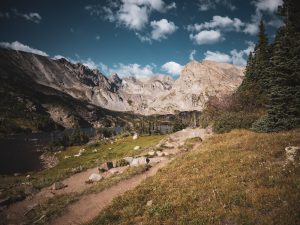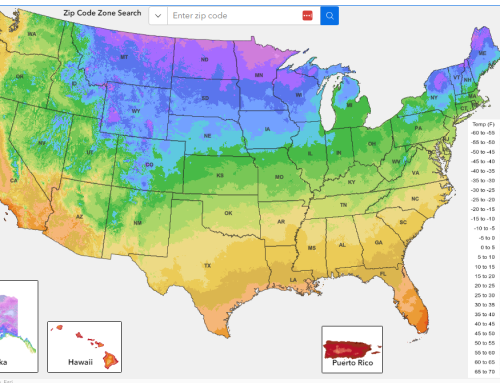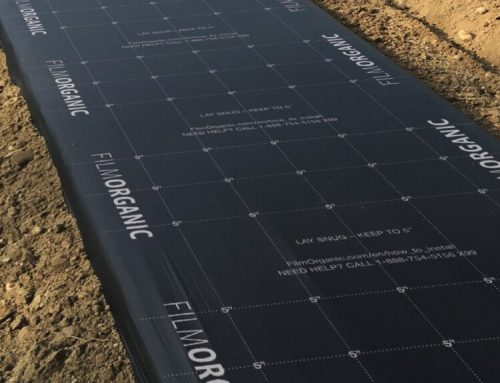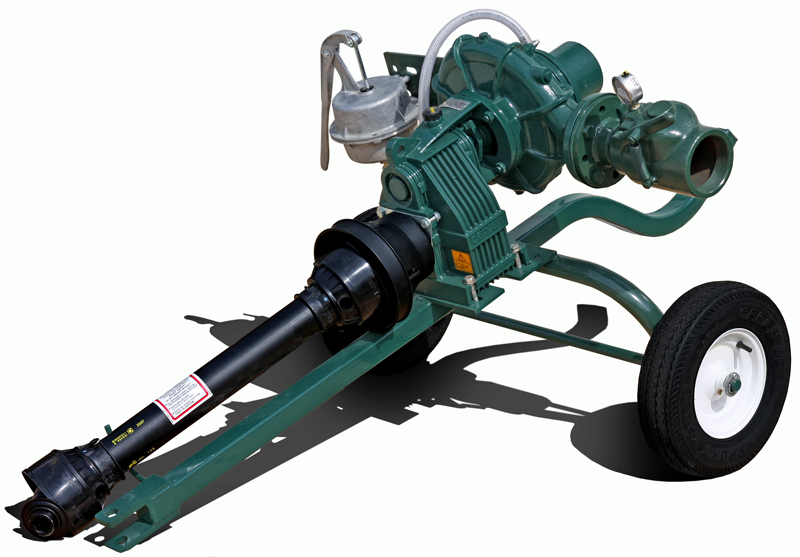Well, the good news is six of the seven states that draw water from the Colorado River have finally agreed on a new water-sharing model. California has proposed its own plan.

Colorado River Dries Up
States agree on water-savings model for Colorado River
“In a letter sent to the Bureau of Reclamation, Washington, D.C., Jan. 30, six states, including Arizona, Nevada, New Mexico, Colorado, Utah and Wyoming, agreed to a model to cut back on Colorado River water use.
The model “suggests a number of specific modifications to operations of Lake Powell and Lake Mead, protecting water delivery through 2025, when the ’07 Guidelines expire,” according to the Arizona Department of Water Resources.
Water agencies in the seventh state, California, released their own plan.”
As the Colorado River dries up, states can’t agree on saving water
“But the largest water user, California, did not join them — an impasse that suggests the wrangling over how to conserve the dwindling water supply that serves 40 million people will continue in coming months. The Interior Department had asked states to contribute plans by Tuesday for how to voluntarily reduce water usage by 2 to 4 million acre-feet — or up to one-third of the river’s annual average flow.”
6 states that depend on the Colorado River have agreed on a new water-sharing model. California is still holding out
The Colorado River and its tributaries pass through seven states and into Mexico, serving 40 million people and a $5 billion-a-year agricultural industry. Some of the largest cities in the country, including Los Angeles, Phoenix, Denver and Las Vegas, two Mexican states, Native American tribes and others depend on the river that’s been severely stressed by drought, demand and overuse.
Arizona, Nevada, New Mexico, Colorado, Utah and Wyoming sent a letter Monday to Reclamation, which operates the major dams in the river system, to outline an alternative that builds on existing guidelines, deepens water cuts and factors in water that’s lost through evaporation and transportation.
We will continue to monitor the situation and post updates as they come available.






